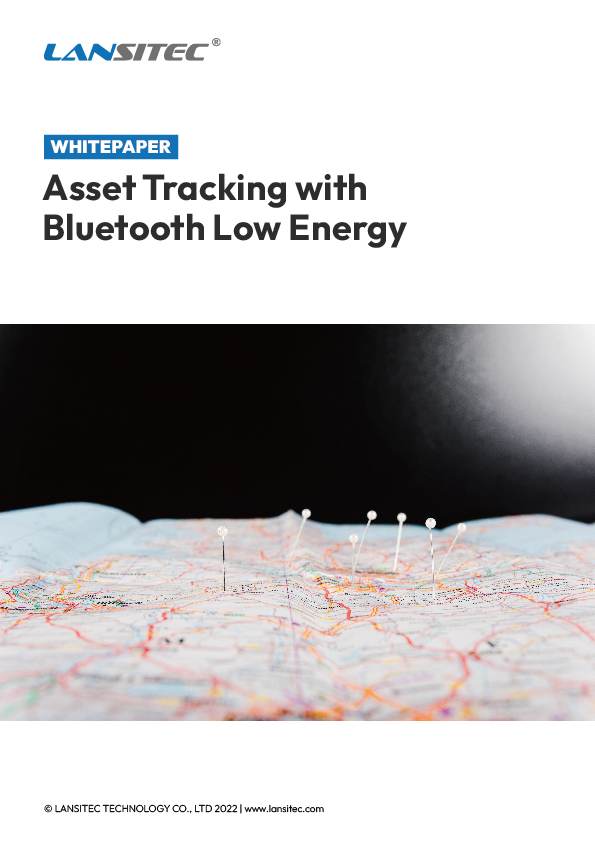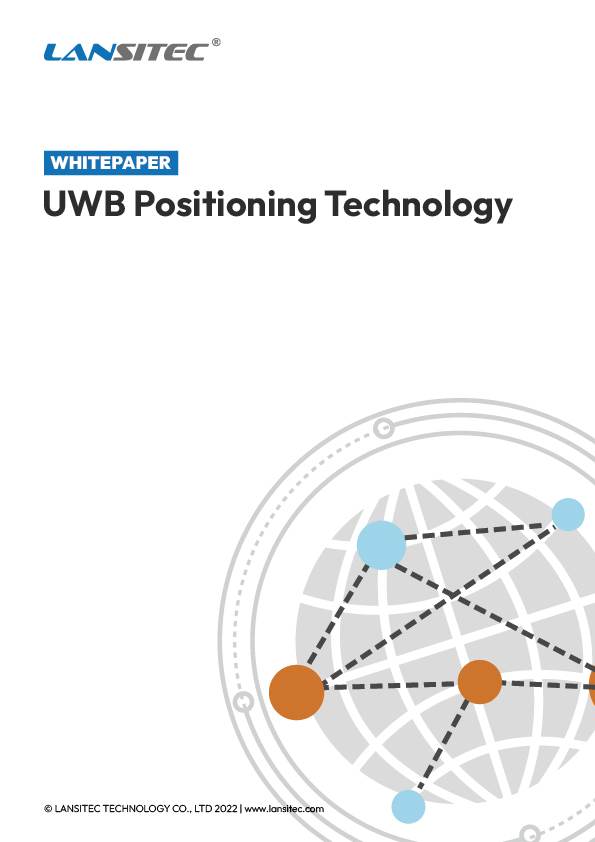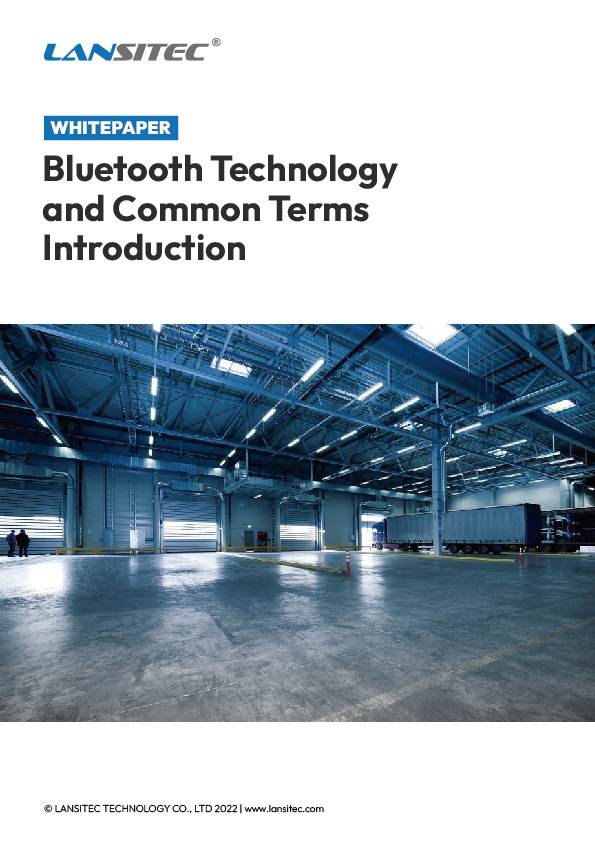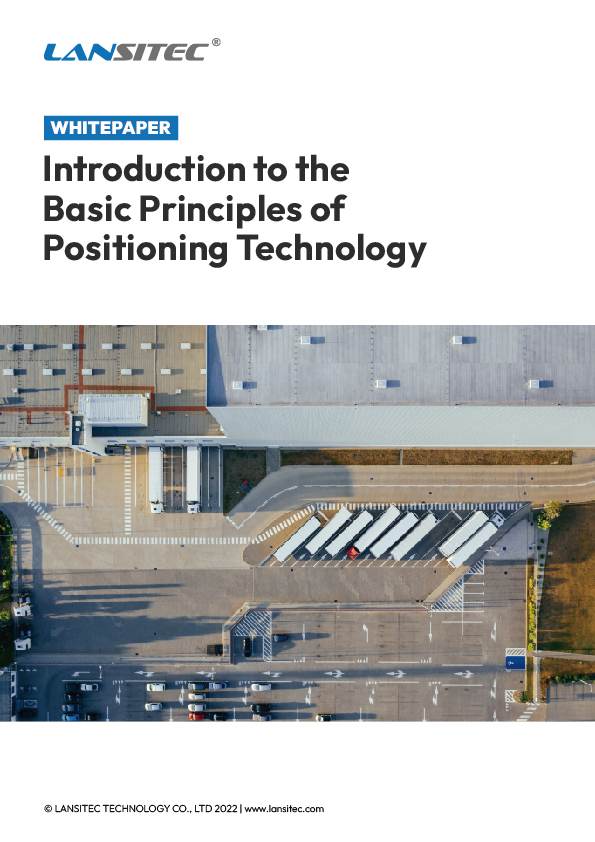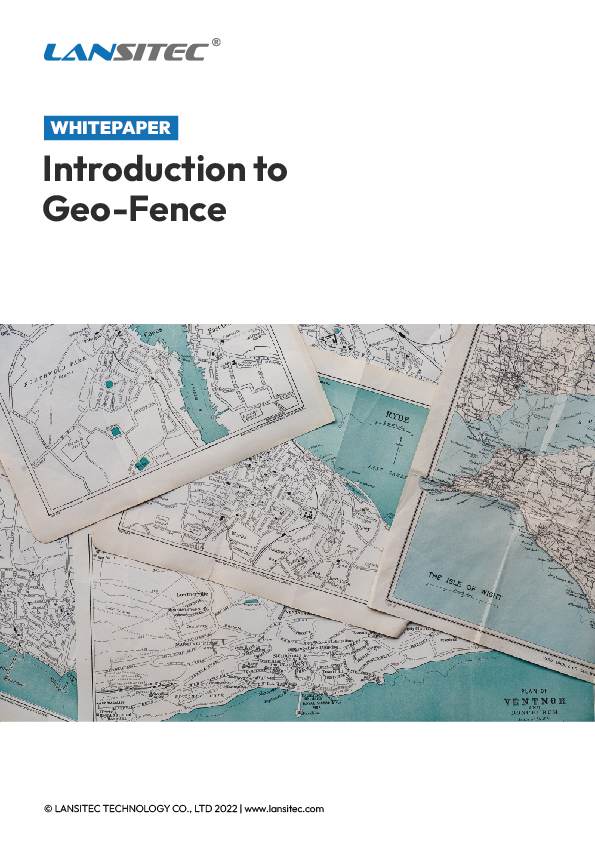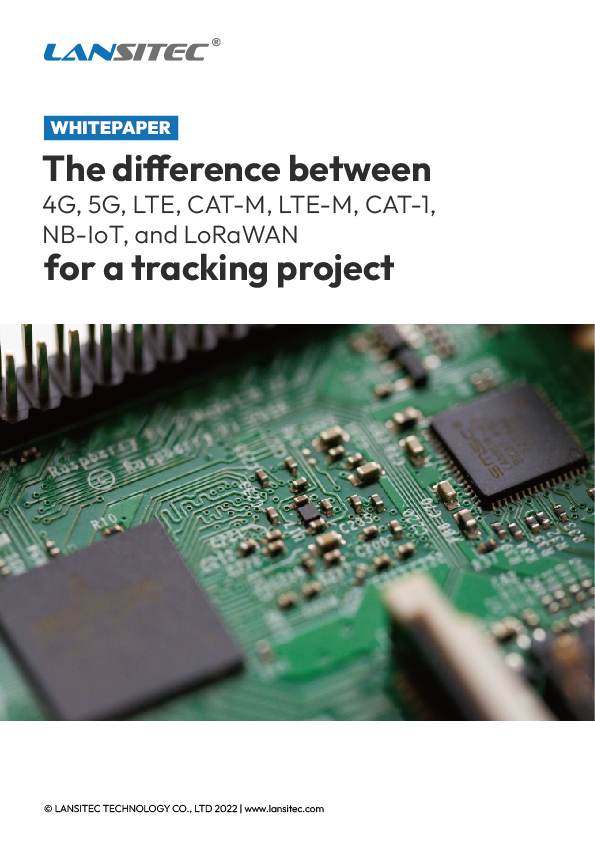Cos'è la raccolta dati IoT? Sensori, gateway ed edge computing spiegati
In sostanza, la raccolta dati IoT consiste nell'ottenere dati significativi e pertinenti da oggetti del mondo reale, come individui, pallet, macchine o bestiame, e nel trasportarli a un centro dove possono essere elaborati e da lì trasformati in informazioni fruibili tramite il cloud.
Stiamo parlando di tutto ciò che può essere misurato. Registrazioni della temperatura, tracciamento della posizione, notifiche di movimento, abitudini di utilizzo o persino se un lavoratore indossa il casco sono solo alcuni esempi.
Ma come vengono catturati, trasmessi e utilizzati tutti questi piccoli momenti?
Ecco dove Lansitec entra in gioco: creare sistemi che trasferiscono i dati dall'edge al cloud in modo silenzioso, efficiente e affidabile.
Pipeline dati IoT: rilevamento, trasmissione, elaborazione e azione per la visibilità operativa
Analizziamolo nel dettaglio. Ogni percorso dei dati IoT prevede quattro fasi:
Rilevamento: Beacon BLE, badge intelligenti e sensori ambientali per RTLS indoor
È qui che hanno origine i dati. I dispositivi dotati di sensori rilevano parametri ambientali o operativi:
- Beacon Bluetooth come quello di Lansitec B004 il tag rileva la prossimità o il movimento.
- Gli Smart Badge registrano la posizione dei lavoratori o rilevano le cadute.
- I sensori abilitati BLE monitorano la temperatura, l'umidità o la luce.
Trasmissione: Gateway con backhaul LoRaWAN e connettività NB‑IoT/LTE‑M/Cat‑1
I dati raccolti devono viaggiare. Ecco dove portali Si accomodi.
- Micro gateway Bluetooth: Ideale per il tracciamento indoor con backhaul LoRaWAN.
- Gateway Bluetooth solare: Perfetto per installazioni remote all'aperto, nessun cablaggio, anni di operatività.
- Macro Gateway: Per una connettività scalabile negli ambienti logistici e delle smart city.
I gateway agiscono come uffici postali locali: raccolgono i dati dei sensori Bluetooth e li inoltrano al cloud utilizzando protocolli come LoRaWAN, NB-IoT o Cat-1.
Aggregazione ed elaborazione: analisi edge, elaborazione di flussi di lavoro e flussi di lavoro Cloud LNS
Una volta che i dati raggiungono il backend (come un server di rete privato o una piattaforma cloud su un server IoT di terze parti), vengono decodificati, contrassegnati con timestamp e contestualizzati:
- Converti la potenza del segnale in posizione approssimativa.
- Abbina gli ID dei dispositivi alle risorse del mondo reale.
- Attiva avvisi se qualcosa non va (ad esempio, un picco anomalo di temperatura).
Visualizzazione e azione: dashboard, avvisi in tempo reale e integrazione API/ERP
Ora i dati diventano utili:
- I dashboard mostrano mappe di calore degli spostamenti dei lavoratori.
- Gli strumenti di analisi attivano promemoria di manutenzione o violazioni della conformità.
- Le API integrano questi dati in ERP, sistemi HR o gestori di flotte.
Caso d'uso: monitoraggio del cantiere con BLE‑LoRaWAN RTLS e analisi della sicurezza dei lavoratori
Supponiamo che tu stia gestendo un cantiere edile a più piani.
- Ogni lavoratore indossa un badge Lansitec o un Sensore del casco.
- Su ogni piano sono installati Macro Bluetooth Gateway.
- Quando un lavoratore entra in un piano, il segnale BLE proveniente dal badge o dal sensore viene rilevato, marcato con data e ora e inviato tramite LoRaWAN al server di rete.
- I dati vengono inseriti in una dashboard in tempo reale che mostra il monitoraggio del personale per piano, la prontezza all'evacuazione e persino la durata dei turni.
Abbiamo visto questo sistema implementato in progetti in Francia, negli Emirati Arabi Uniti e nell'Europa orientale, rendendo i siti più sicuri e snelli.
Protocolli IoT per il monitoraggio delle risorse: confronto tra BLE, LoRaWAN, NB‑IoT, LTE‑M e Cat‑1
Bluetooth Low Energy (BLE) per il posizionamento indoor e la telemetria dei sensori
Utilizzato per lo scambio di dati a corto raggio tra tag e gateway. Risparmio energetico. Lansitec utilizza Bluetooth 5.0 in tutti i tracker.
LoRaWAN per backhaul a basso consumo, a lungo raggio e copertura a livello di campus
Utilizzato per il backhaul a lungo raggio e a bassa potenza per trasmettere dati dal gateway al cloud. Supporta reti private e pubbliche.
NB‑IoT, LTE‑M e Cat‑1: Backhaul IoT cellulare affidabile per risorse fisse e mobili
Utilizzato nei gateway abilitati per reti cellulari di Lansitec. Funziona dove la copertura LoRaWAN è debole o le reti cellulari sono più stabili.
Curiosità: Il Solar Gateway di Lansitec è dotato di eSIM integrata e supporta il fallback LTE-M + NB-IoT. Nessuna necessità di scavi. Nessuna manutenzione. Solo dati.
Stack Lansitec Edge-to-Cloud: gateway plug-and-play, connettività multiprotocollo, batteria a lunga durata
Ecco cosa rende l'ecosistema Lansitec così efficace:
- Architettura plug-and-play: I sensori si associano istantaneamente ai gateway.
- Connettività flessibile: Scegli tra LoRaWAN, NB-IoT, LTE-M o Cat-1.
- Autonomia energetica: Gateway alimentati ad energia solare, tag con batteria che durano fino a 6 anni.
- Supporto multi-tag: Un gateway può gestire migliaia di pacchetti BLE/ora.
- Formati preconfigurati: Payload JSON pronti per l'inserimento in piattaforme come TTN, ChirpStack o Helium.
Quando abbiamo implementato il monitoraggio intelligente del bestiame in Namibia, abbiamo utilizzato Marchi auricolari BLE e gateway LoRaWAN alimentati a energia solare, che funzionano in modo affidabile da oltre due anni, anche in aree remote e selvagge.
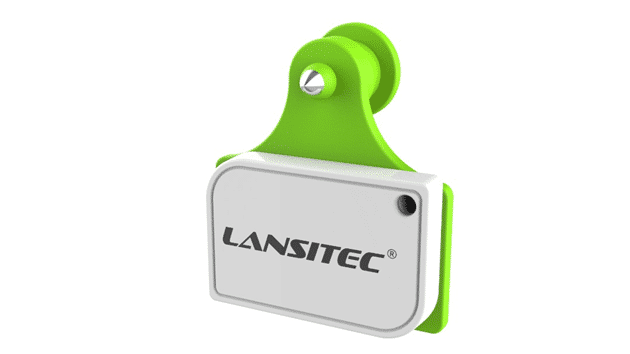
Sfide nell'implementazione dell'IoT: alimentazione, congestione, copertura, ambienti difficili e sicurezza: strategie di mitigazione
| Sfida | Come lo gestisce Lansitec |
|---|---|
| Alimentazione elettrica in aree remote | Gateway alimentati ad energia solare con batterie interne |
| Congestione dei dati al gateway | Filtraggio BLE e limitazione intelligente integrati nel firmware del gateway |
| Infrastruttura di rete inaffidabile | Connettività a doppia modalità: LoRa + Cellulare |
| Ambienti difficili | Involucri con grado di protezione IP67, temperature di esercizio industriali |
| Sicurezza dei dati | Payload crittografati, filtraggio MAC configurabile |
FAQ: Raccolta dati IoT edge-to-cloud, compatibilità della piattaforma e best practice per l'integrazione
Qual è la differenza tra un sensore e un gateway?
I sensori (come i tag BLE) raccolgono i dati. I gateway (come Solar o Macro Gateway di Lansitec) ricevono tali dati e li inoltrano al cloud.
Posso installare i sensori Lansitec in aree prive di corrente elettrica?
Assolutamente. Il Gateway Bluetooth solare funziona in modo indipendente, anche in luoghi fuori dalla rete elettrica.
Quanto durano i tracker?
Molti tag (ad esempio, B007 Beacon, Badge Tag) durano fino a 5–6 anni su una singola cella a bottone, grazie agli intervalli di trasmissione configurabili.
Quali piattaforme sono compatibili con i dati Lansitec?
Uscita dispositivi Lansitec carichi utili standard LoRaWAN e BLE, pronto per TTN, ChirpStack, Helium, Ubidots o server personalizzati.
Posso combinare più gateway per una copertura più ampia?
Sì! Lansitec supporta distribuzioni scalabili utilizzando topologia LoRaWAN a stella di stelle O maglia di backhaul cellulare.
Conclusione: creare un ecosistema di monitoraggio IoT edge-to-cloud scalabile con informazioni in tempo reale
La raccolta dati IoT non riguarda solo i sensori: riguarda la creazione di un ecosistema che funzioni nel mondo reale. L'approccio di Lansitec? Tracker robusti e a basso consumo di batteria. Gateway versatili. Protocolli aperti. E storie di implementazione che spaziano dagli ospedali di Singapore ai vigneti in Spagna.
Che tu stia monitorando persone, pallet o maiali, abbiamo creato gli strumenti per far fluire i tuoi dati senza sforzo.
👉 Pronto a costruire il tuo ecosistema IoT?

